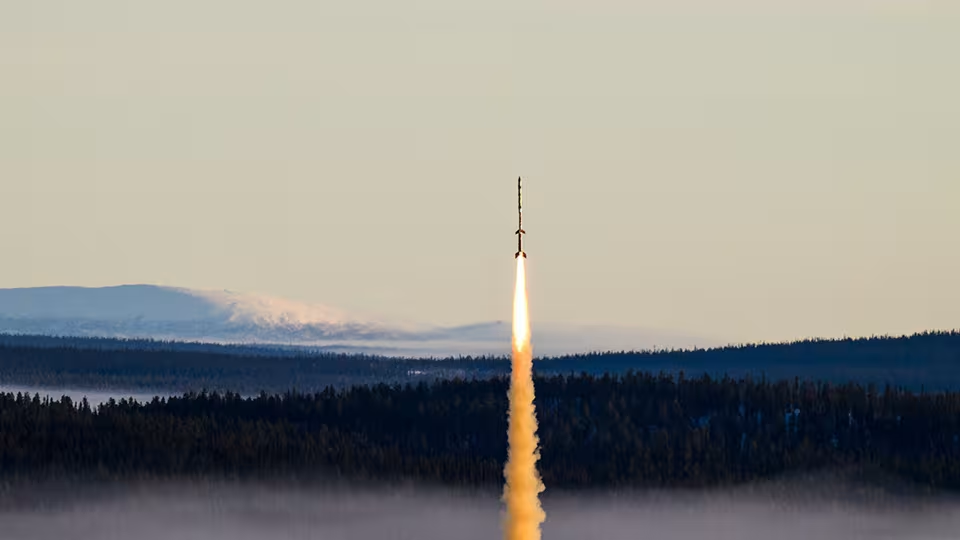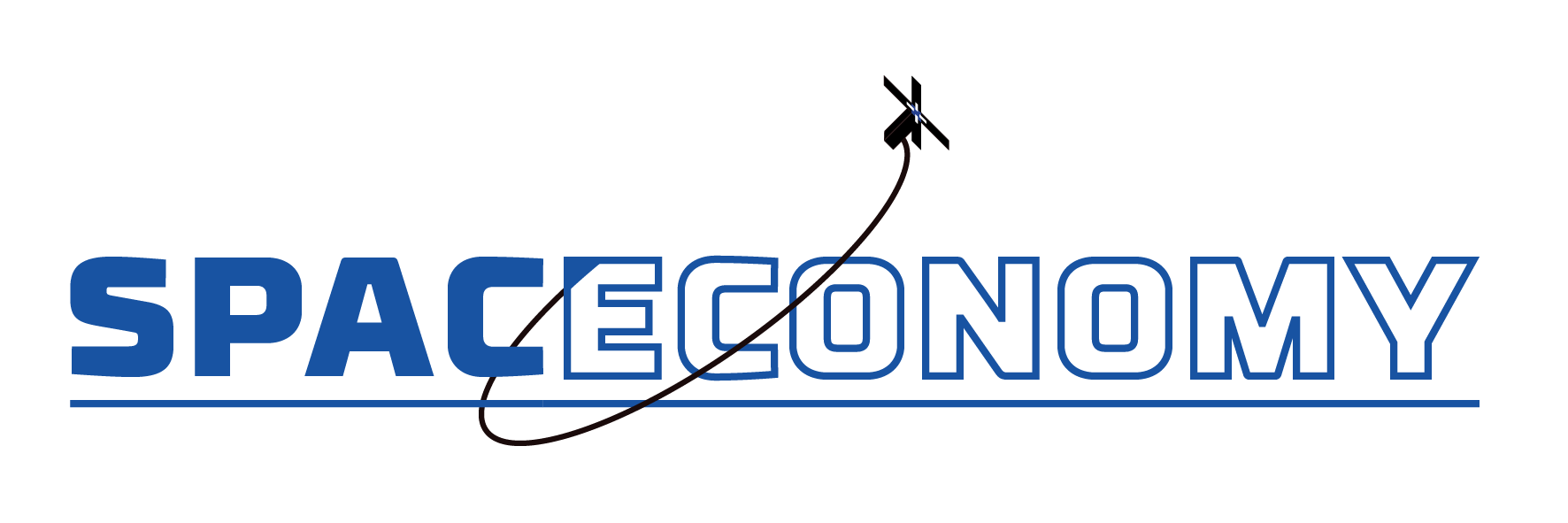Sounding rocket launched from ESRANGE

The closest "real" space center to Finland is located in Swedish Lapland near Kiruna. ESRANGE has been launching sounding rockets and research balloons since the 1960s, and last November, it sent off its 600th research rocket.
These sounding rockets reach altitudes of several hundred kilometers but return immediately. During flight, microgravity conditions inside the rockets make them ideal for research. The rockets land back in ESRANGE’s vast safety zone, where they are retrieved.
The latest launch occurred yesterday, 12 November 2025, at 05:05 local time, when the German Aerospace Center (DLR)’s MAPHEUS-16 sounding rocket carried a record 21 experiments.
MAPHEUS-16 is a sizable rocket, standing just over 13 meters tall with its motor. Its payload weighed about 500 kg.
The flight lasted approximately 14 minutes, reaching a peak altitude of 267 kilometre.
Traditionally, sounding rocket experiments are cylindrical, forming a small part of the rocket. This time, a new method was used: the MOSAIC experiment (Micro-Experiments on Sounding Rockets As Insert Cubes) contained multiple 10x10x10 cm CubeSat-like modules.
MOSAIC could hold up to 24 experiment cubes, but this time it carried 20.Additionally, an experiment tested 3D printing in weightlessness.
Sounding rockets are a much cheaper way to conduct microgravity research compared to sending experiments to the International Space Station. Compared to microgravity flights with aircraft, rockets offer longer research time: while aircraft provide about 20 seconds per microgravity period, rockets achieve over ten minutes.
Samples are retrieved quickly after the flight. At best, rocket payloads with samples are back at ESRANGE within three hours of launch, which is crucial for biological samples.
(Photo: SSC)
